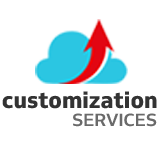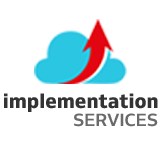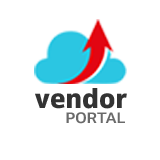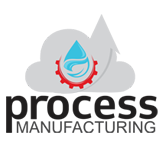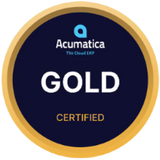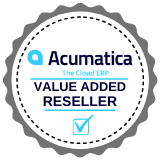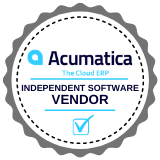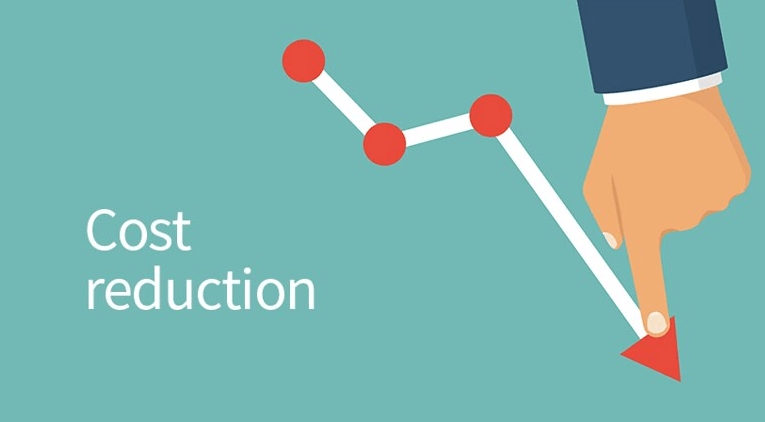A lot goes into manufacturing a product. Direct materials labor force and manufacturing overheads are just some of the common factors in manufacturing regardless of what you produce. The cost involved with each factor can be significantly high if an effective strategy is not put into place. In today’s blog post we are going to help you with some of the proven ways to reduce the cost in manufacturing.
But before that let us discuss what are the costs associated with manufacturing
- Production cost
- material cost
- Direct labor cost
- Production overhead
Now coming to the tips that will help in reducing the aforementioned costs
Standardize the parts
Instead of ordering and waiting, you can standardize the parts and reduce the number of parts types. This will thus reduce material overhead cost and parts costs. Since standardization supports the fundamental concept of built-to-order and customization, it further eliminates the need to set up finding or loading the kit parts. It further saves time otherwise spent in setup, logistics, and supply chain management.
Rationalize the product line and its components parts
Product line rationalization will simplify the operations, empowering you to focus on the critical products and freeing up vital resources. With the focus on profitable products, you will be able to eliminate or outsource low-profit products that lead to high overhead demands. An effective product line rationalization will reduce the total supply chain management cost by half. Furthermore, it will also improve the inventory performance significantly.
Keep a tab on the numbers
How will you reduce something if it’s not documented? This is why it is important to keep a track of your expenses. No, we are not suggesting manual tracking. You can invest in a cloud-based ERP like Acumatica to track and trace your expenses. This will help you identify the bottlenecks and which department or the process needs improvement. Some of the key essentials you should track are-production capacity, actual use capacity, direct labor cost, direct material cost, manufacturing overhead, labor efficiency, carrying cost of the inventory.
Reduce Inventory’s carrying cost
Carrying the cost of the inventory is the cost associated with holding, storing, and maintaining the inventory for a period, which could include raw materials or work in progress products. This can amount to a significant number, which is why it is important to reduce it. You can implement an ABC system of control. Basically, in an ABC control system, you classify the inventory in three categories-those high in value fall under A, moderate ones under B, and rest under the C category. You will be able to minimize the carrying cost by strictly focusing on the A category, followed by moderate and low control on B and C.
Keep a tab on the manufacturing overhead
Since they are the most non-value-adding cost in manufacturing it is important that you keep a tab on them. You can set a budget for these costs and review them periodically. This will help you understand where your money is going. Check for the features in your product that is no longer adding value and remove them. You can also avoid costly repair expenses by keeping a tab on the machinery and timely updating them.
We understand how difficult it can be to reduce the cost in manufacturing but the aforementioned strategies can be of significant help in ensuring so.




